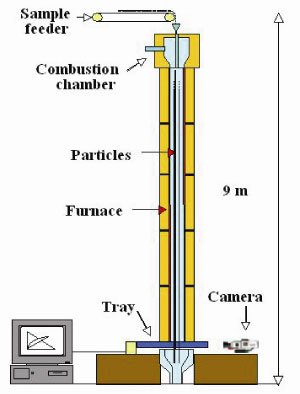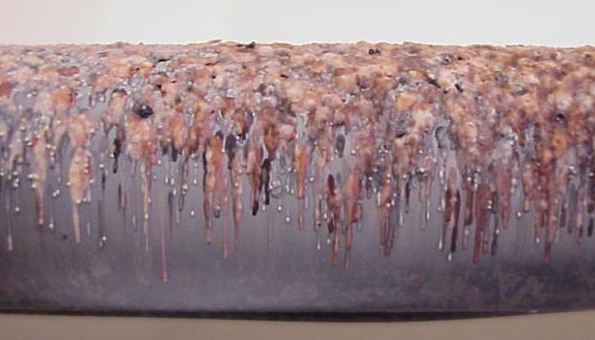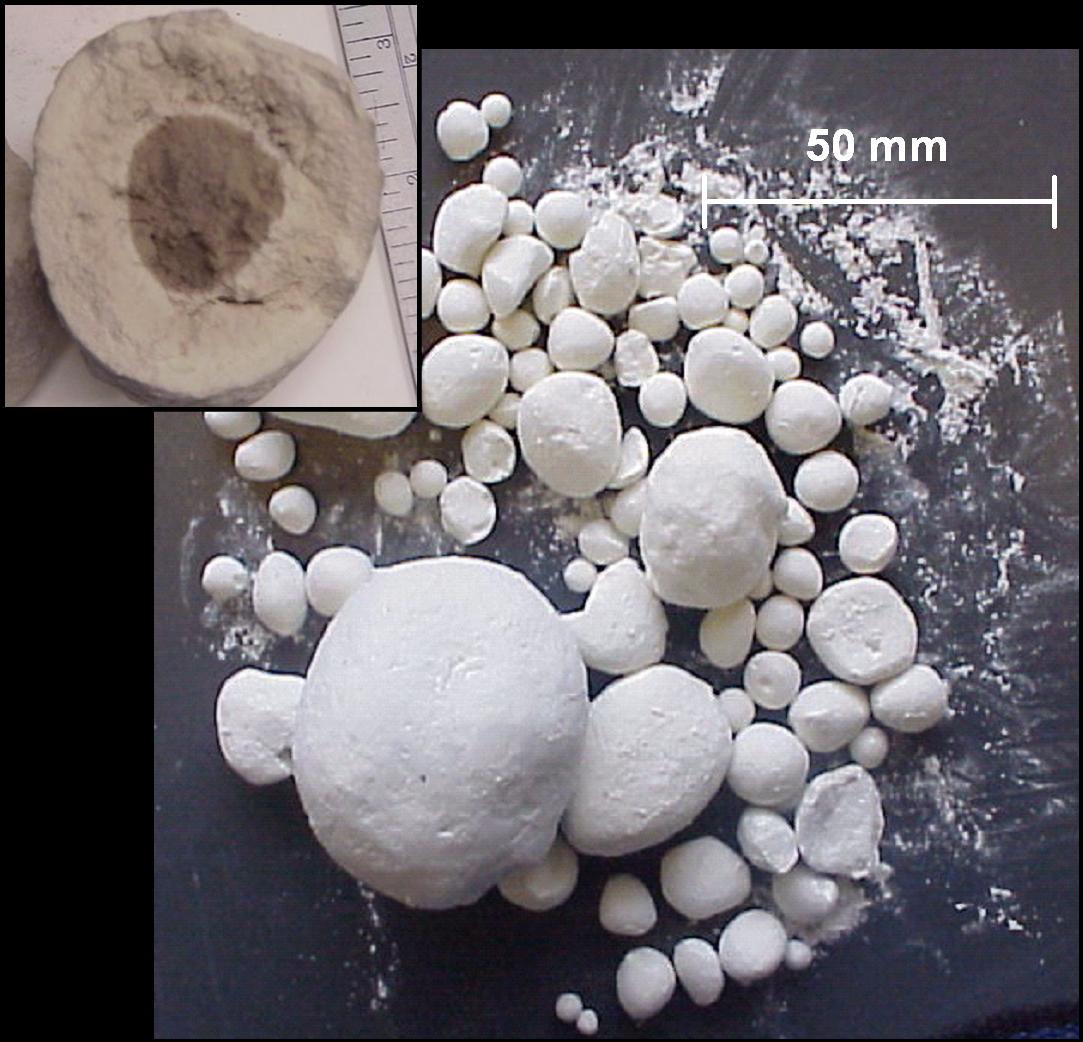Introduction
With today’s high energy and chemical costs and stringent environmental regulations that limit particulate and gaseous emissions, solid waste disposal, and mill effluent discharge, the need for improved recovery of chemicals and heating values from the pulping spent liquor has become a critical economic factor in kraft pulp mill operation. The reliability and efficiency of recovery boilers, evaporators, causticizing plants, and lime kilns have had a direct impact on the productivity of kraft mills.
Research
Our research group has been actively involved in kraft chemical recovery research since 1987. The group is led by Professor Honghi Tran in collaboration with eight faculty members in the Departments of Chemical Engineering and Applied Chemistry and Mechanical and Industrial Engineering at the University of Toronto. We have successfully conducted six consecutive research consortia on fundamental and practical issues related to recovery boiler and lime kiln operations. The industrial relevance of the research projects and the high productivity of the research group have attracted significant support from kraft pulp milks and equipment suppliers, as well as matching funding from NSERC and other sources. In 1997, through an NSERC-CRD grant, we built a large Entrained Row Reactor to simulate conditions experienced by fly ash particles in recovery boilers. This facility has proven to be a useful tool in many of our research projects. The research consortium, “Increasing the Throughput and Reliability of Recovery Boilers and Lime Kilns”, which ended in December 2003, was a success. The research focussed on the dynamics of particle deposition and deposit removal in recovery boilers, prevention of floor-tube corrosion and cracking, acceleration of char bed cooling during emergency shutdowns, and lime kiln ring formation, heat transfer, and process optimization. At the University of Toronto, 56 participants were involved in this research program, including 18 graduate students, 18 undergraduate students, and 10 associated staff. There were probably as many researchers participating in the related projects at our collaborating institutions: The Institute of Paper Science and Technology at Georgia Tech, Sandia National Laboratories, Oak Ridge National Laboratory, and Brigham Young University, all in the United States, and Åbo Akademi in Finland.

The Entrained Flow Reactor

Deposits on EFR probe
Many useful and practical results were obtained. Laboratory studies using the Entrained Flow Reactor and field studies showed that carryover particles in recovery boilers contain much less chloride (Cl) and somewhat less potassium (K) than the black liquor particles from which they originate. Work on corrosion and cracking of waterwall SS304L/SA210 composite tubes provided insights into the main cause of high tube temperature excursions on tubes around recovery boiler primary air ports. In lime kiln research, we put much effort into developing a means of characterizing the flow dynamics and heat transfer in the lime kiln using a burner simulation apparatus donated by Fuel Combustion Technologies and Weyerhaeuser. The results suggest that the angle of an NCG-burner with respect to the kiln axis is the factor having the most significant effect on its flame trajectory and hence its mixing with the main burner flame.

Core in lime nodule
The results of field studies on nodule formation in lime kilns show that nodules smaller than about 30mm in diameter have a low and uniform residual carbonate content, while nodules larger than this critical size contain more residual carbonate overall due to the presence of an uncalcined core. We also conducted tests using batch kilns at the Metso Minerals test facility in Danville, PA, to examine important factors that lead to nodule formation and ring formation, and to obtain data on head transfer from burner flame to solid bed.
Beginning this year, we expanded our research area beyond recovery boilers and lime kilns to include issues related to evaporator operation, recaust operation, and mill chemical balance through a new consortium: “Increasing Energy and Chemical Recovery Efficiency in the Kraft Process.” Eighteen pulp and paper related companies have joined the consortium to date, and a few more are expected to join soon.
In the past year, thanks to the dedication of our students, staff, and collaborators, and the continued support of the industry partners, we published over twenty technical reports and papers. At the 2003 Tappi Fall Technical Conference in Chicago, IL, Professor Honghi Tran was awarded the 2003 Tappi Research & Development Technical Award and the William H. Aiken Prize, and the High Impact Paper Award for the paper “Modifying Boiler Operations to Reduce Primary Air Port Corrosion and Cracking”, which he coauthored with colleagues at Irving Pulp & Paper and Babcock & Wilcox. The paper “Composition of Carryover Particles in Recovery Boilers”, which he coauthored with colleagues from the University of Toronto and Babcock & Wilcox, was selected the best paper at the 2004 International Chemical Recovery Conference, Charleston, SC.

